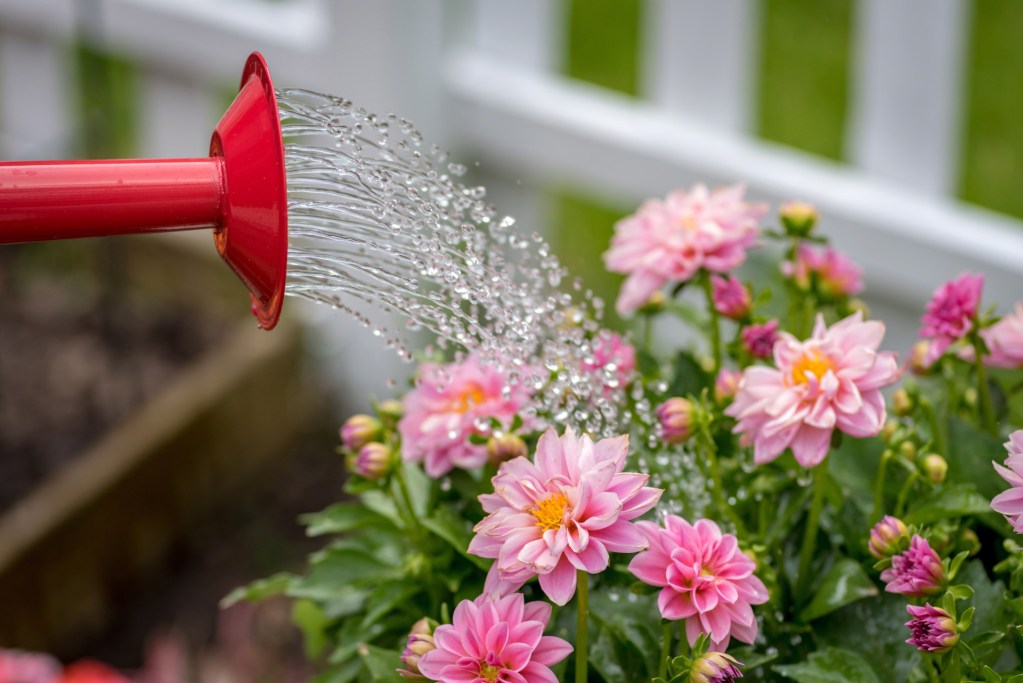When you’re planning for a vacation, you’ve got to take care of a few things: buying the ticket, updating your passport, packing your bags, and for the houseplant enthusiast, coming up with a watering plan for all of your plants! While some drought tolerant plants may be able to handle a few missed, you’ll need to take extra care if you leave your home during the summer or have foliage with high watering needs like ferns! If you’re wondering how to water plants on vacation, then you’re in luck. There are plenty of options available, so you can relax on your vacation without stressing about your plants.
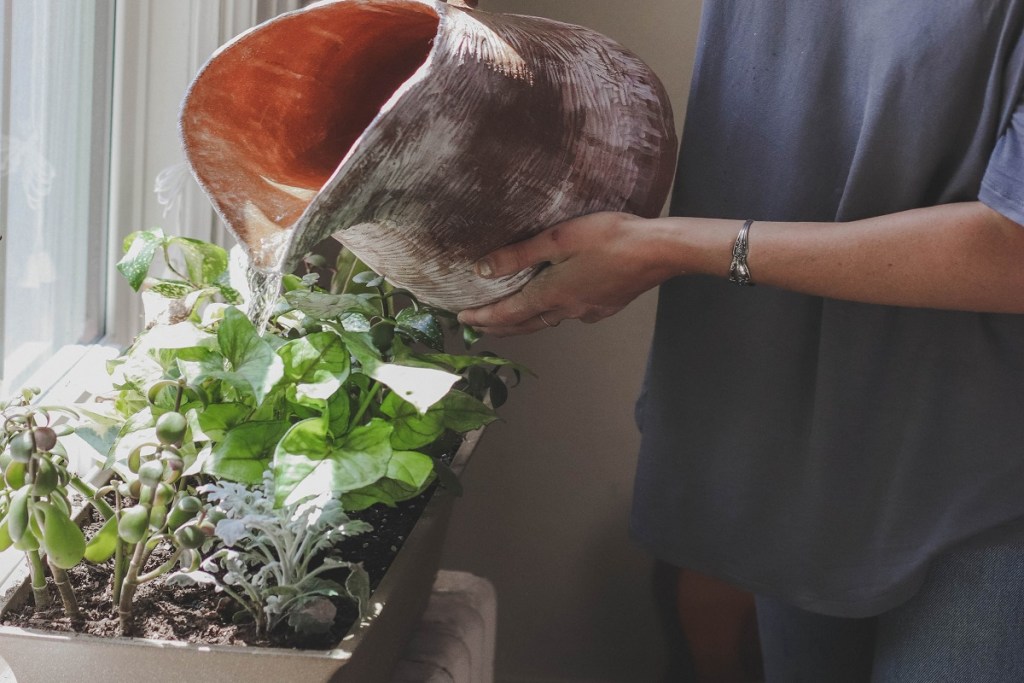
Water your plants before you leave
For short trips under a week, you can probably get away with simply watering your plants before you leave. While you don’t want to drown any roots, give your plants a thorough soaking, draining any excess water once the soil feels completely wet. If you keep your plants in a bright area, move them into a shadier spot, whether they’re inside or outside. For outdoor plants, add mulch to make sure that your plants retain moisture throughout the week.
Humidity may also be a concern, especially if you have prayer plants and ferns that need constant humidity. Since you probably won’t want to run your humidifier while you’re away, consider other alternatives. The easiest way to go about it is by leaving your plant next to or on a tray of pebbles in water. You can also create an ad hoc greenhouse by placing a glass jar or clear grocery bag over your humidity-loving plant.
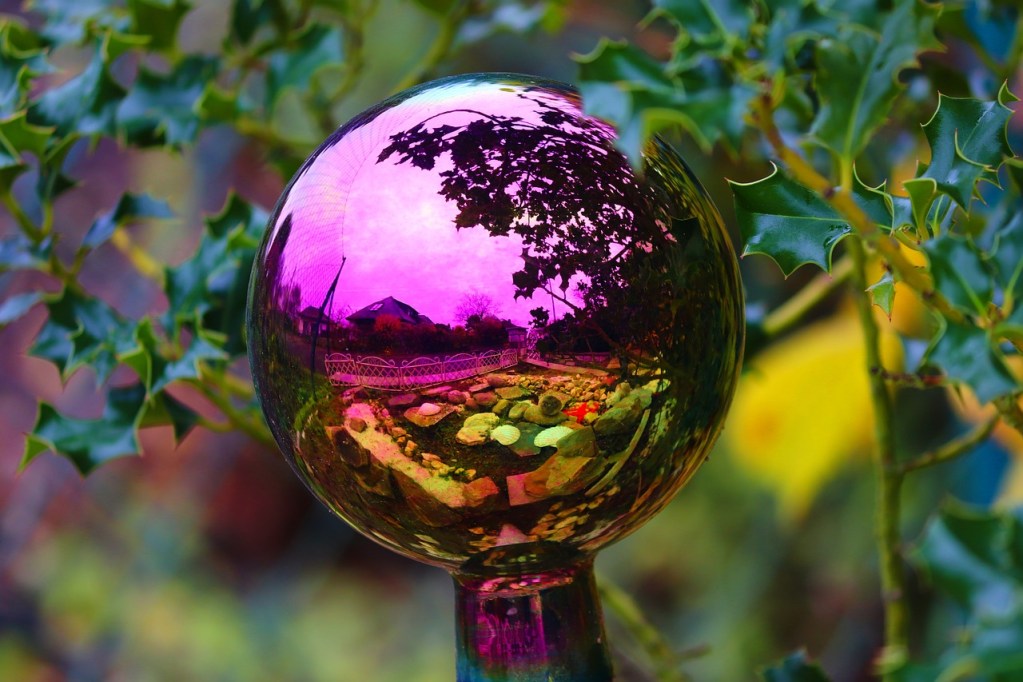
Use a water globe for your plants
Water globes are essentially spherical glass bulbs with long, thin stems that you stick directly into your plant. Over time, water drips slowly into the soil, so you don’t risk overwatering. To make sure that your water globe is working, draw on the water line and see if the water level drops after a few hours. If it doesn’t, adjust the position. In lieu of a globe, you can also upcycle a water or wine bottle for the same purpose. Overall, this method should work for around one or two weeks, suitable for thirsty plants such as ferns and calatheas.
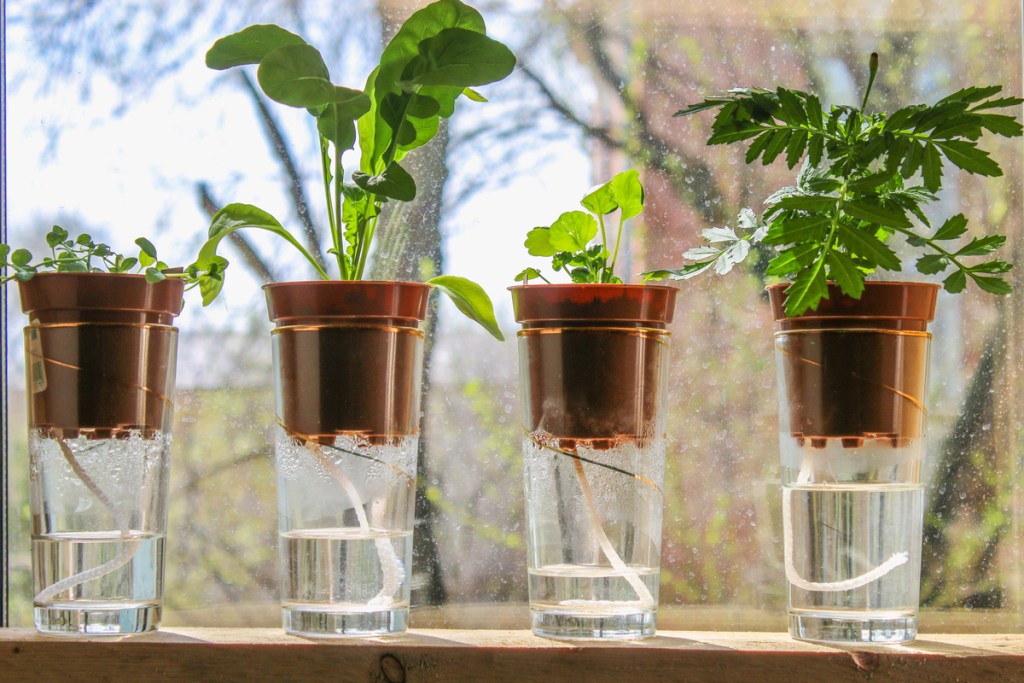
Administer a wick system
When you go to your garden center to buy plants, you might notice strings poking from the bottom of some nursery pots. These strings are attached to help you give your plant the proper amount of water. You can mimic the same concept with twine or plastic tubing at home. Stick one end of your string a few inches down into your soil and the other end in a container of water; you might need to tape the string ends to keep them from moving around. You can also keep the plant directly above a container of water, as long as the dirt and water reservoir don’t touch. This means of watering should last you a few weeks.
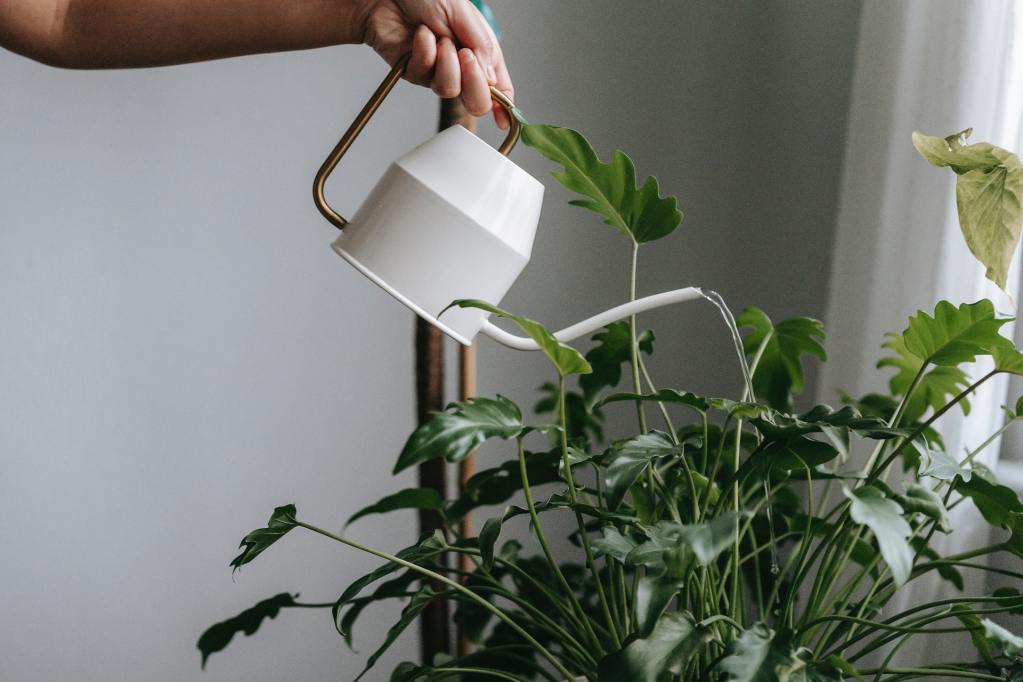
Move your plant into a self-watering planter
Before you leave for vacation, move your plant into a self-watering planter! These pots have a water reservoir at the bottom where water slowly wicks up to your plant’s roots. So that plant roots don’t drown, these planters usually have a divider between the soil and the water container. With a self-watering pot, you may be able to get away with not watering your plant anywhere between two to six weeks, depending on the environment. Just keep in mind that a self-watering planter might not be the best option for plants (such as cacti) where the soil needs to dry out between waterings.
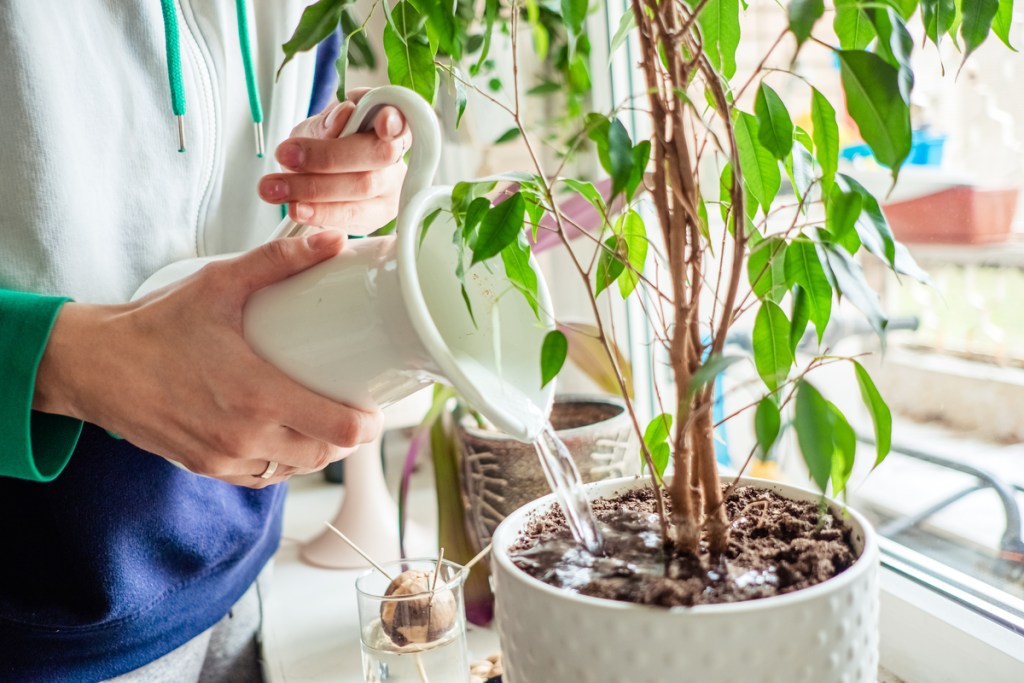
Ask someone to water your plants
Depending on where you live and how warm the weather gets, most plants can survive two or three weeks without water. If you’re planning on going away any longer than that, consider asking a trusted friend, neighbor, or family member to check on your plants every one or two weeks. It’ll be easiest if you enlist a fellow plant enthusiast, but you can also leave detailed instructions about how much water and fertilizer to use.

Install an automated watering system
Automated watering systems might seem like a hassle, but they’re a huge help if you have a lot of plants and travel often. They’re commonly used for outdoor gardens and greenhouses, but there are indoor-friendly watering systems as well. While automatic watering systems come in a few different forms, the basics remain the same. Tubes or pipes run from your plants to the system. The system is either attached to or contains a reservoir of water, which is pumped into the tubes and to the plants. These systems run on a timer, so you can decide in advance how often your plants are watered. Some advanced systems even connect to an app, so you can monitor your plants from your phone!
This method does have a few downsides. Watering systems vary in price, but some can be quite expensive. Additionally, although most have multiple tubes for watering several plants at once, you aren’t able to customize how much water each plant receives. This means that if you have plants that need different amounts of water, some of them will always be slightly over or underwatered. However, if you have many plants with similar needs, then an automatic watering system may save you time, money, and energy in the long run.
With these tips in mind, you can leave town without worrying about returning home to wilted and desiccated plants. You can go about implementing a watering plan in many different ways. If you’re willing to invest a modest amount of money, you can buy an inexpensive water globe or self-watering planter. Upcycling household items such as strings and water bottles to create watering systems will also help your plants stay hydrated without costing you a dime. Or, you can even recruit a friend or neighbor to help you out! However long you’re off for vacation, rest assured that there’s a way to keep your foliage looking lush and green.
